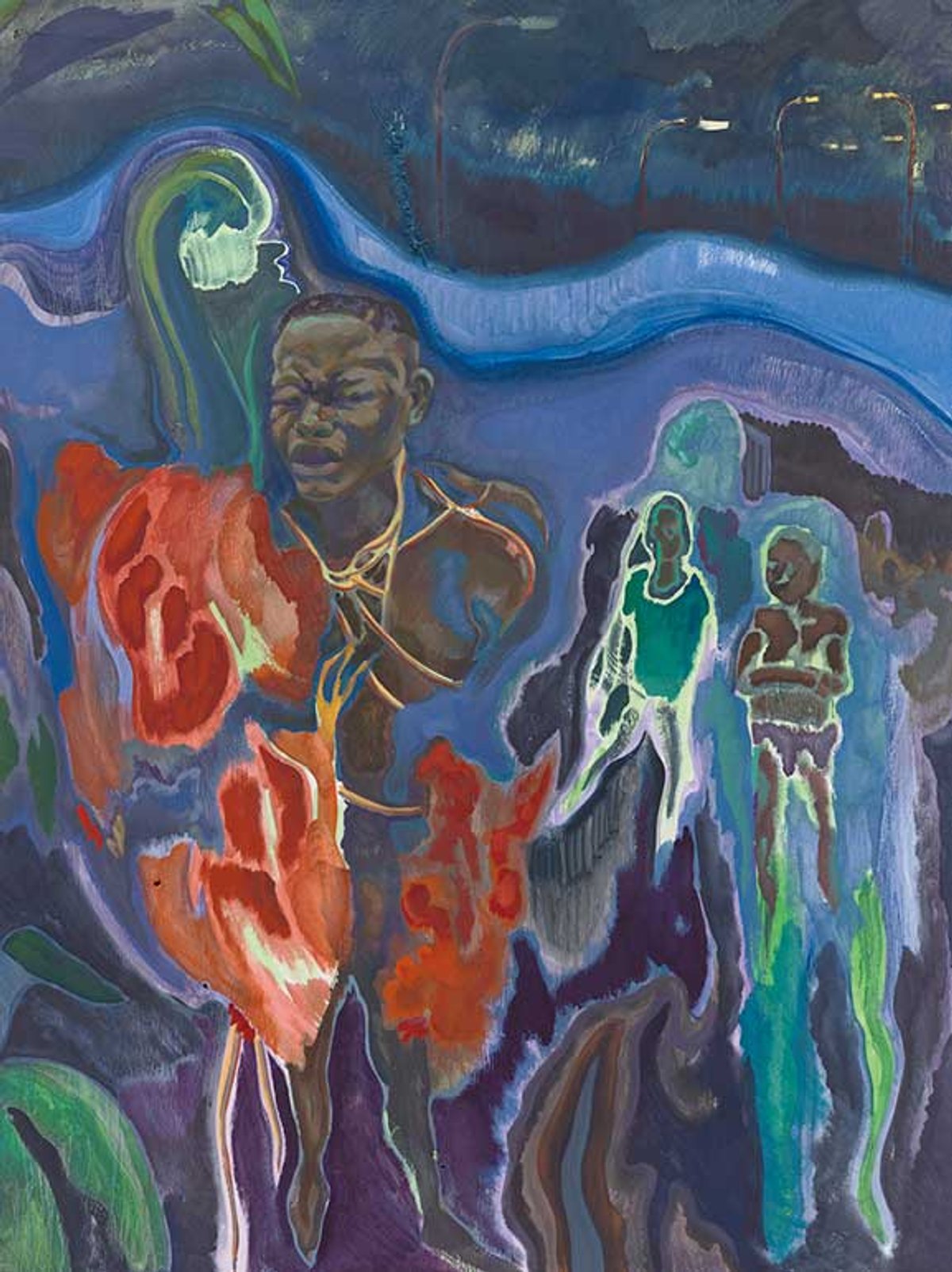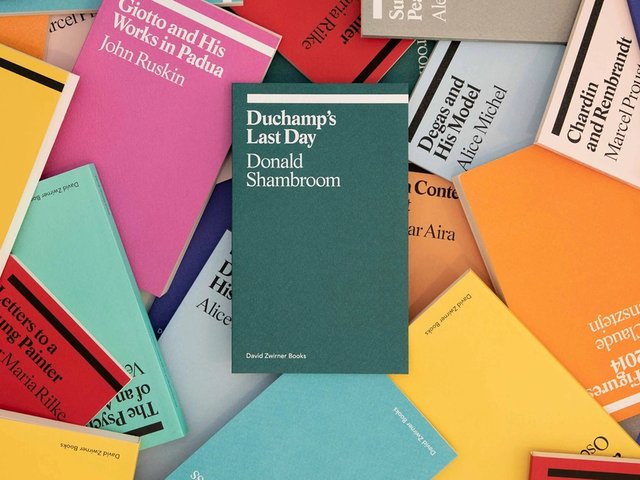Of all the traits required to succeed as a high-end commercial dealer, the most underrated may be patience. Take David Zwirner. This month the Manhattan-headquartered mega-gallery will open a new 18,000 sq. ft flagship building on West 19th Street with Crucible, a solo exhibition by the celebrated figurative painter Michael Armitage (8 May-27 June). Remarkably, it will be Armitage’s first at a Zwirner location since he joined the gallery in March 2022.
The extended timeline was no accident, according to Angela Choon, a senior partner at David Zwirner. The year after signing Armitage, she tells The Art Newspaper, leadership decided to pursue the New York expansion.“May 2025 worked well for both parties,” Choon says. “The date aligned with the timelines for his other planned projects and exhibitions, as well as the opening of our new building, which gave him the opportunity to show his work in a brand new space.”
Choon adds that, although an artist’s inaugural exhibition at David Zwirner might open anywhere from six months to several years after their representation is announced, the gallery’s staff “immediately” begin supporting them by, for example, integrating their work into the gallery’s art fair stands or group exhibitions.
This was true for Armitage. Although David Zwirner has not yet displayed his work on a stand, Choon says he participated in a 2023 group show of artists influenced by the late post-war American painter Bob Thompson at the gallery’s London location. One of his paintings also appeared in David Zwirner: 30 Years, the exhibition that opened the gallery’s Los Angeles building in 2024.
Flexible approaches
Does this reflect the gallery’s general strategy for introducing recent signees? Choon says that in fact “the case is really different for each artist”. As a point of contrast, David Zwirner plans to open its inaugural solo exhibition of the young, hyperrealist painter Sasha Gordon this autumn, just a year after announcing it was representing her.
“For Sasha Gordon, we decided to start working with her, and we wanted to show one painting at Frieze London last year, so it made sense to announce right before that,” Choon says. “Then, based on her painting schedule, she also knew she would have a new body of work ready to show in September of this year, so that is how we decided.”
Not every solo show with a high-level international dealer is preceded by a representation pact. Gladstone Gallery has added four artists within the past year: Joseph Yaeger, Karen Kilimnik, Brook Hsu and, in March, Precious Okoyomon. The latter’s solo debut there is planned for New York in 2026, according to a spokesperson, but Hsu was the subject of a Gladstone solo show before officially joining the programme.
Asked how its leaders hone the particulars of artists’ inaugural solo exhibitions, the spokesperson says—echoing Choon—that Gladstone avoids “formulaic methods” in favour of broader strategies “shaped by [artists’] individual goals and needs, their current projects and opportunities we feel make sense in individual regions and markets”. They add: “The gallery has always been guided by the artists, first and foremost. If something does not feel right for their practice or where they are in their careers, we don’t pursue it.”
Relationship management
Gladstone’s order of operations for bringing Hsu on board is more common among smaller dealers like Mrs., a respected gallery for emerging artists located in Queens. Sara Maria Salamone, co-founder of Mrs., calls it “typical of our practice” to stage a solo show with an artist prior to inviting them to join the programme, partly as a trial run for a longer-term collaboration. “Not every relationship is perfect, and they’re not all going to work forever. You have to be honest about that,” she says.
Mrs. announced a trio of signings in April: the Slovakia-born, Italy-based painter Alexandra Barth, the Serbia-born, Los Angeles-based artist Nevena Prijic and the Jamaican-American multidisciplinarian Nickola Pottinger, whose solo show at the Aldrich Contemporary Art Museum in Ridgefield, Connecticut opens on 8 June. The gallery had worked with all three artists “consistently” since 2022, Salamone says, including on one-person exhibitions. She repeatedly calls them “natural” fits at Mrs.—so natural, in fact, that Pottinger was taken aback by the representation offer.
“I asked her if she wanted to join the roster, and she was like, ‘I thought I already had!’” Salamone says, laughing.
Still, no matter where, how soon or how organically an artist joins a dealer’s programme, making the alliance official is a powerful thing. As Salamone says: “There is a level of seriousness that it exudes to say ‘this is who we are, this is what we’re doing’.”



